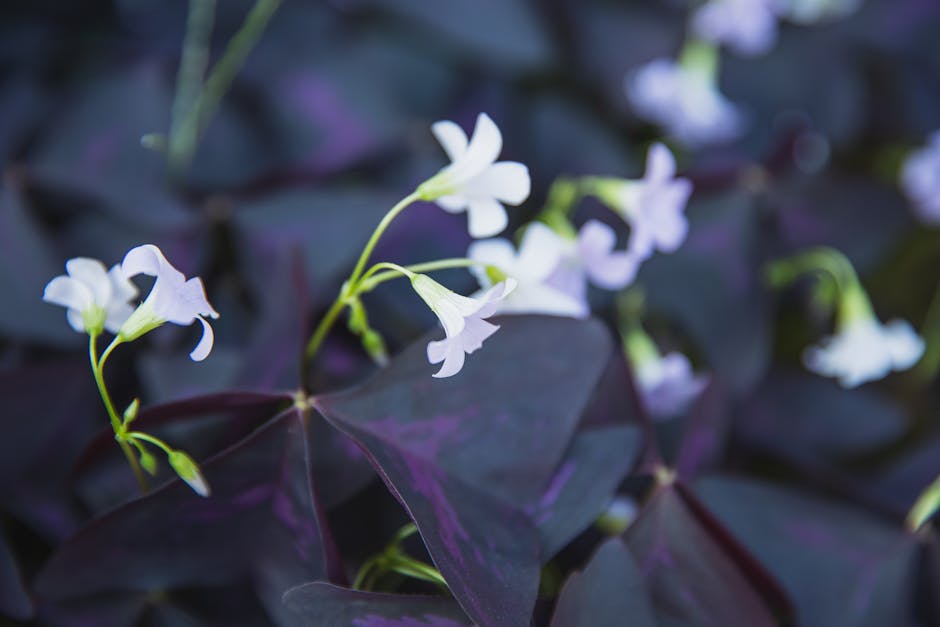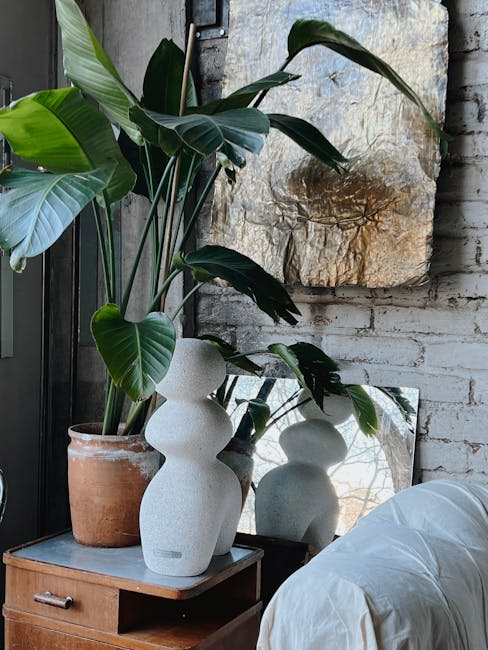Grow Your Own Salad Garden in a Small Space
Introduction
Dreaming of crisp, fresh salads bursting with flavor, but short on space? You don’t need acres of land to enjoy homegrown greens! With a little planning and creativity, you can cultivate a thriving salad garden even in the tiniest of urban spaces. This guide will walk you through the steps to grow your own delicious salads, right at your doorstep.
Setting Up Your Small-Space Salad Garden
Choosing the Right Location
Sunlight is key! Most salad greens need at least 4-6 hours of direct sunlight daily. Observe your space throughout the day to identify the sunniest spots. If you’re using containers, you can move them around to maximize sun exposure.
Container Gardening: A Perfect Fit
Containers are ideal for small spaces. Consider these options:
- Pots: Choose pots that are at least 6 inches deep for shallow-rooted greens like lettuce and spinach. Larger pots are suitable for herbs and root vegetables.
- Window Boxes: Perfect for growing herbs and smaller leafy greens right outside your window.
- Hanging Baskets: Add visual appeal and make use of vertical space. Grow trailing greens like nasturtiums or cherry tomatoes.
- Vertical Gardens: Maximize space by growing greens in stacked planters or repurposed pallets.
Selecting the Right Soil
Use a high-quality potting mix that drains well. Avoid using garden soil in containers, as it can become compacted and prevent proper drainage. Look for a mix specifically formulated for vegetables or herbs.
What to Grow in Your Salad Garden
Leafy Greens: The Salad Staples
These are your foundation! Consider these easy-to-grow options:
- Lettuce: Romaine, butterhead, and loose-leaf varieties are all great choices.
- Spinach: Baby spinach is quick to grow and packed with nutrients.
- Arugula: Adds a peppery kick to your salads.
- Kale: Choose baby kale varieties for tender leaves.
- Mesclun Mix: A pre-mixed blend of various greens for instant variety.
Herbs: Flavor Boosters
Herbs add incredible flavor to your salads. These are some popular choices:
- Basil: A classic pairing with tomatoes and mozzarella.
- Mint: Adds a refreshing touch to salads.
- Chives: Mild onion flavor that complements many dishes.
- Parsley: A versatile herb for both flavor and garnish.
- Cilantro: Adds a zesty flavor to Mexican-inspired salads.
Vegetables: Adding Texture and Nutrition
Enhance your salads with these easy-to-grow vegetables:
- Radishes: Add a crunchy, peppery bite.
- Cherry Tomatoes: Sweet and juicy bursts of flavor.
- Cucumbers: Choose bush varieties for compact growth.
- Spring Onions (Scallions): Milder than regular onions.
- Peppers: Bell peppers or smaller sweet peppers add color and sweetness.
Caring for Your Salad Garden
Watering: Keep it Consistent
Water your salad garden regularly, especially during hot, dry weather. Check the soil moisture daily and water when the top inch feels dry. Avoid overwatering, which can lead to root rot.
Fertilizing: Nourishing Your Greens
Feed your plants with a liquid fertilizer every 2-3 weeks. Choose a fertilizer specifically formulated for vegetables or herbs.
Pest Control: Keeping Bugs at Bay
Inspect your plants regularly for pests. Handpick any pests you find or use organic pest control methods like insecticidal soap or neem oil.
Harvesting: Enjoying Your Bounty
Harvest your greens as soon as they reach a usable size. Regular harvesting encourages continued growth. For lettuce, you can harvest individual leaves or cut the entire head.
Conclusion
Growing your own salad garden in a small space is easier than you think! With the right planning and care, you can enjoy fresh, delicious salads all season long. So, get your hands dirty and start cultivating your own little slice of green paradise today!














Post Comment